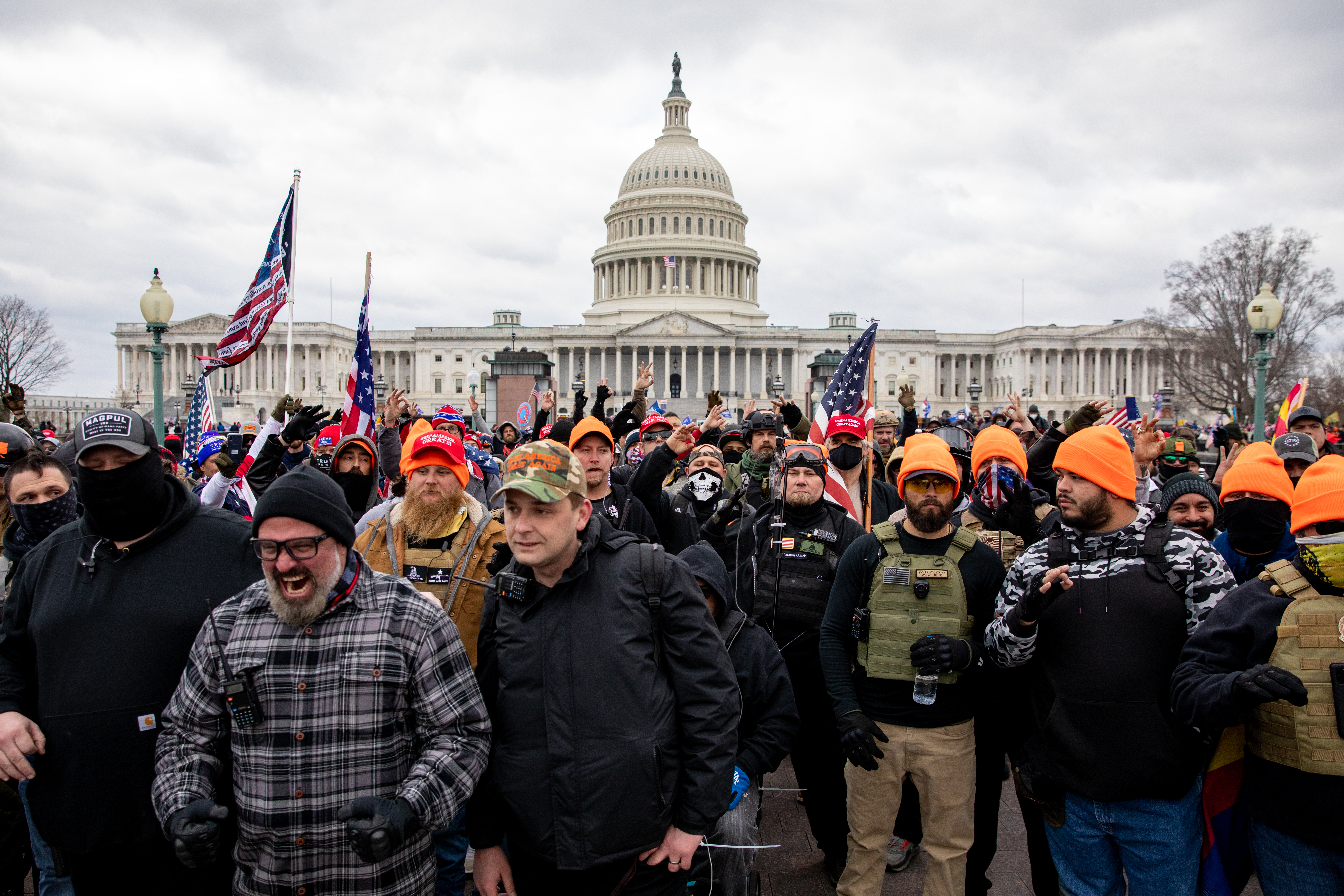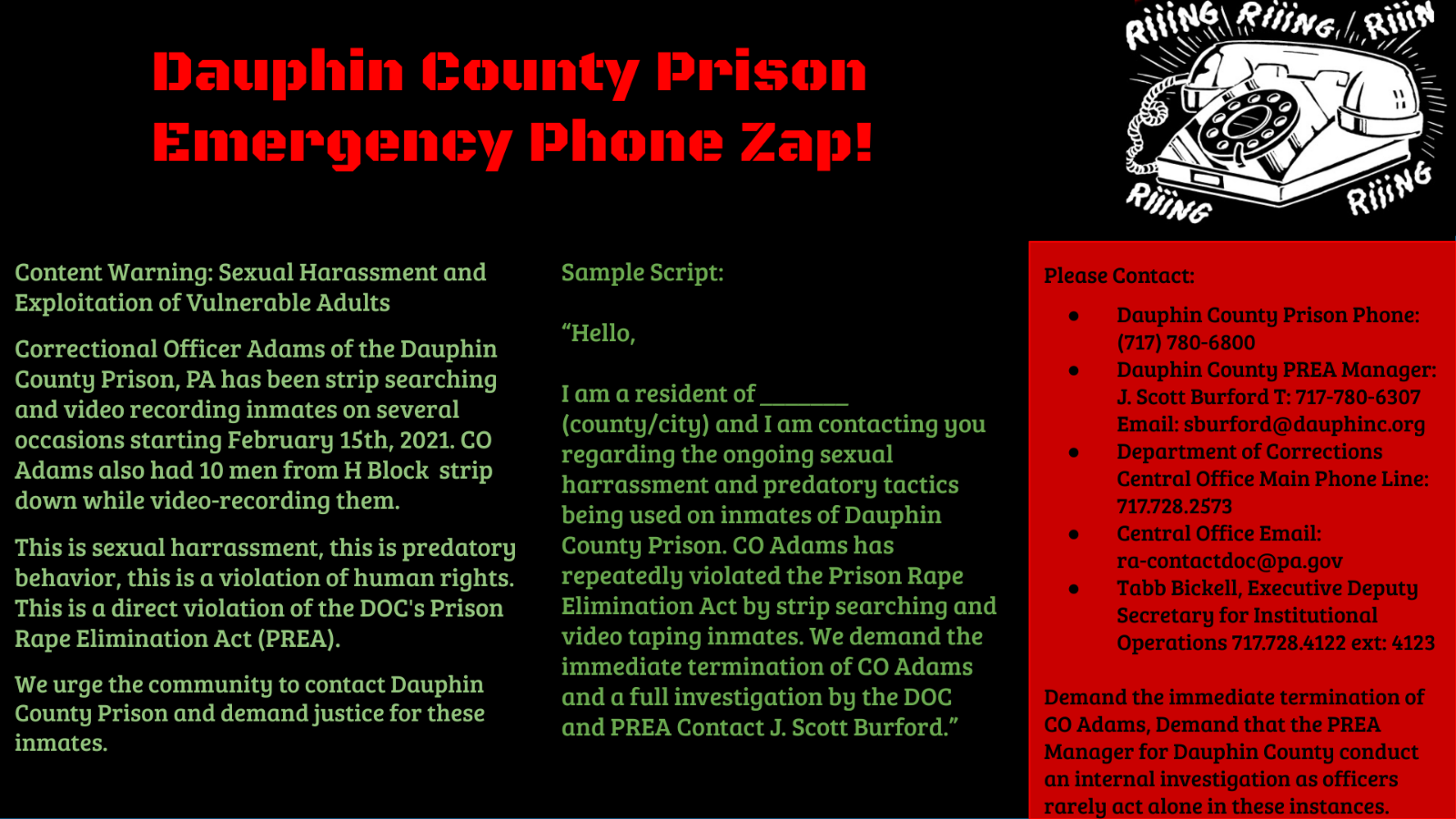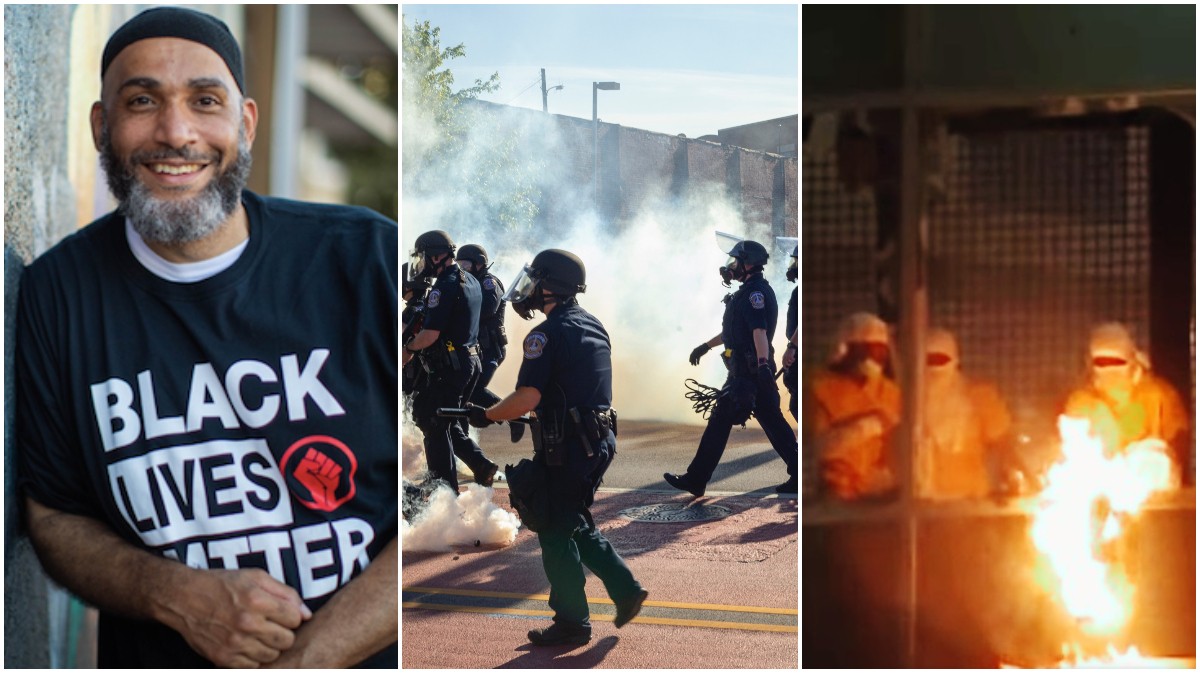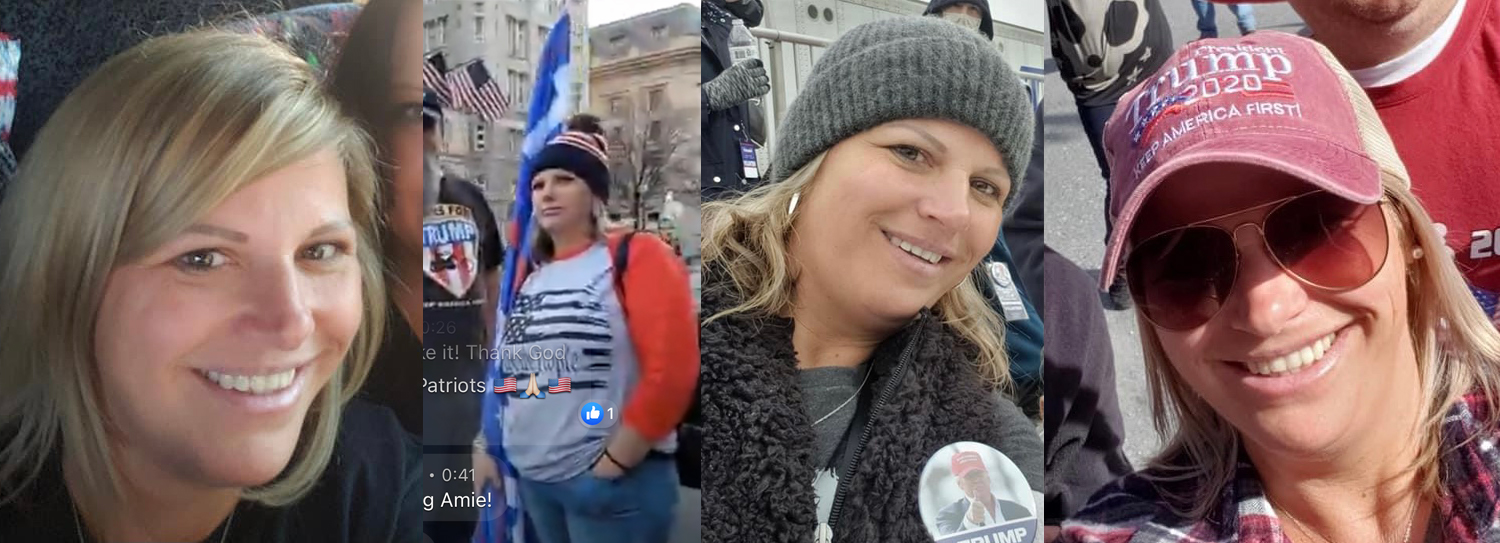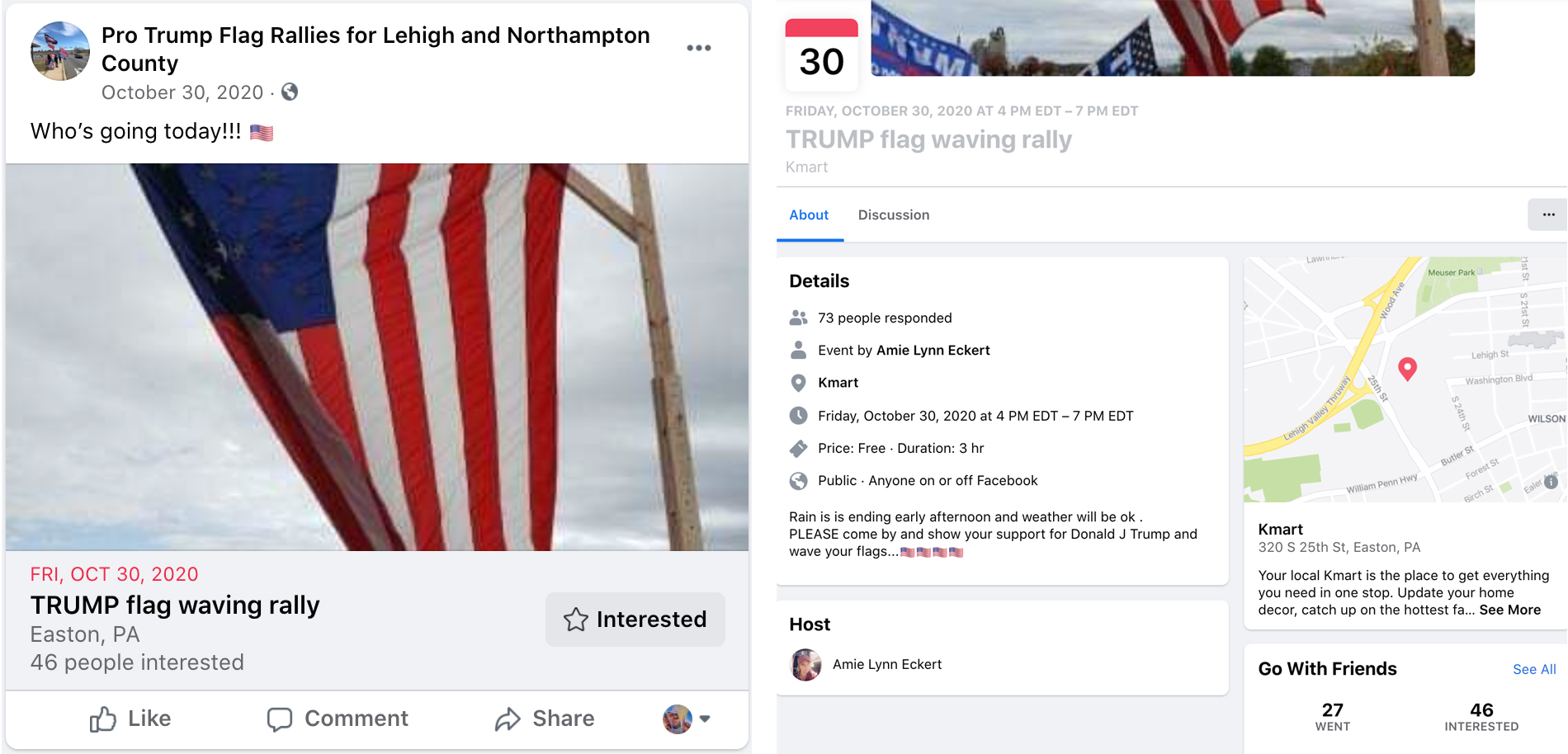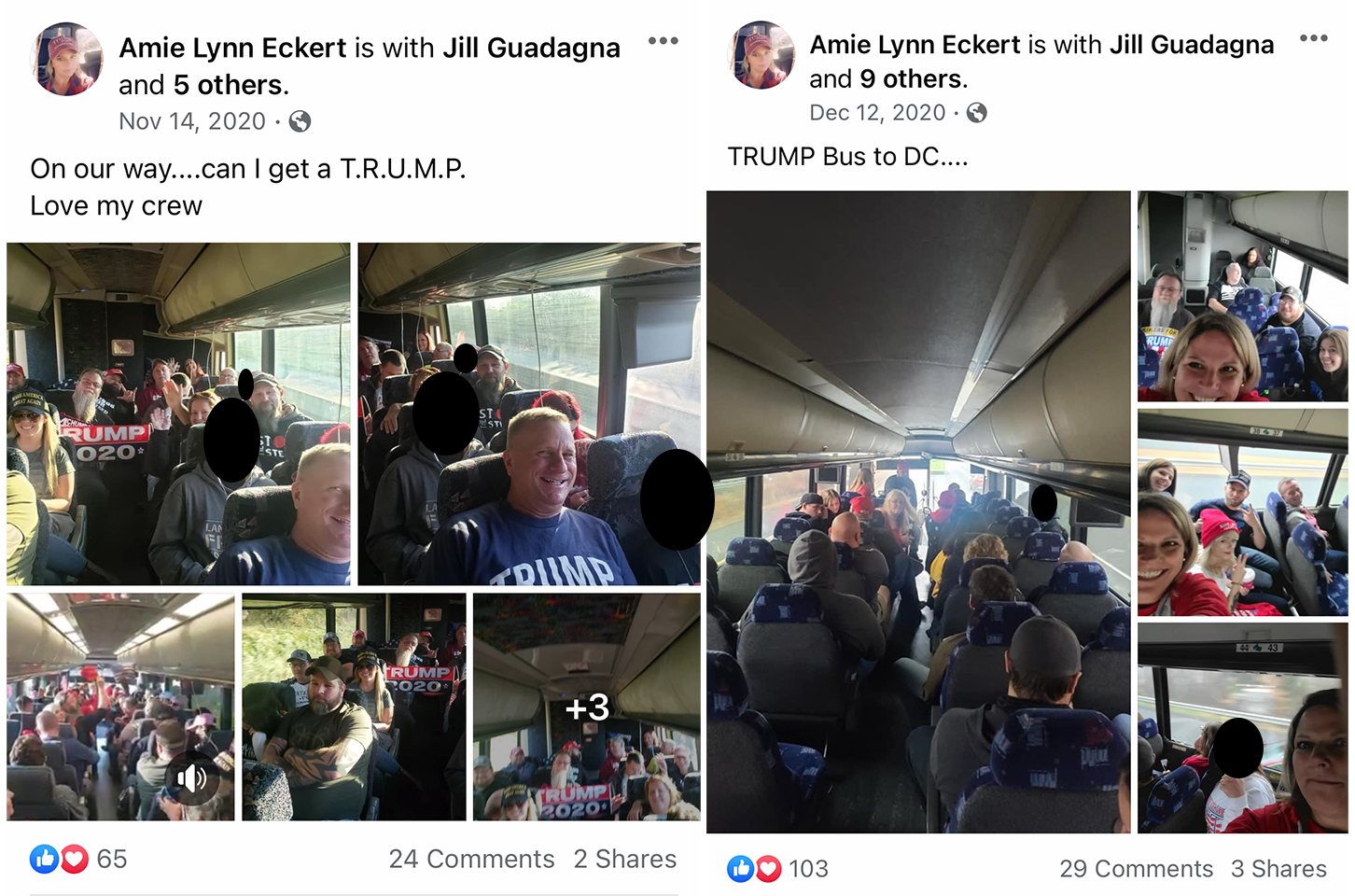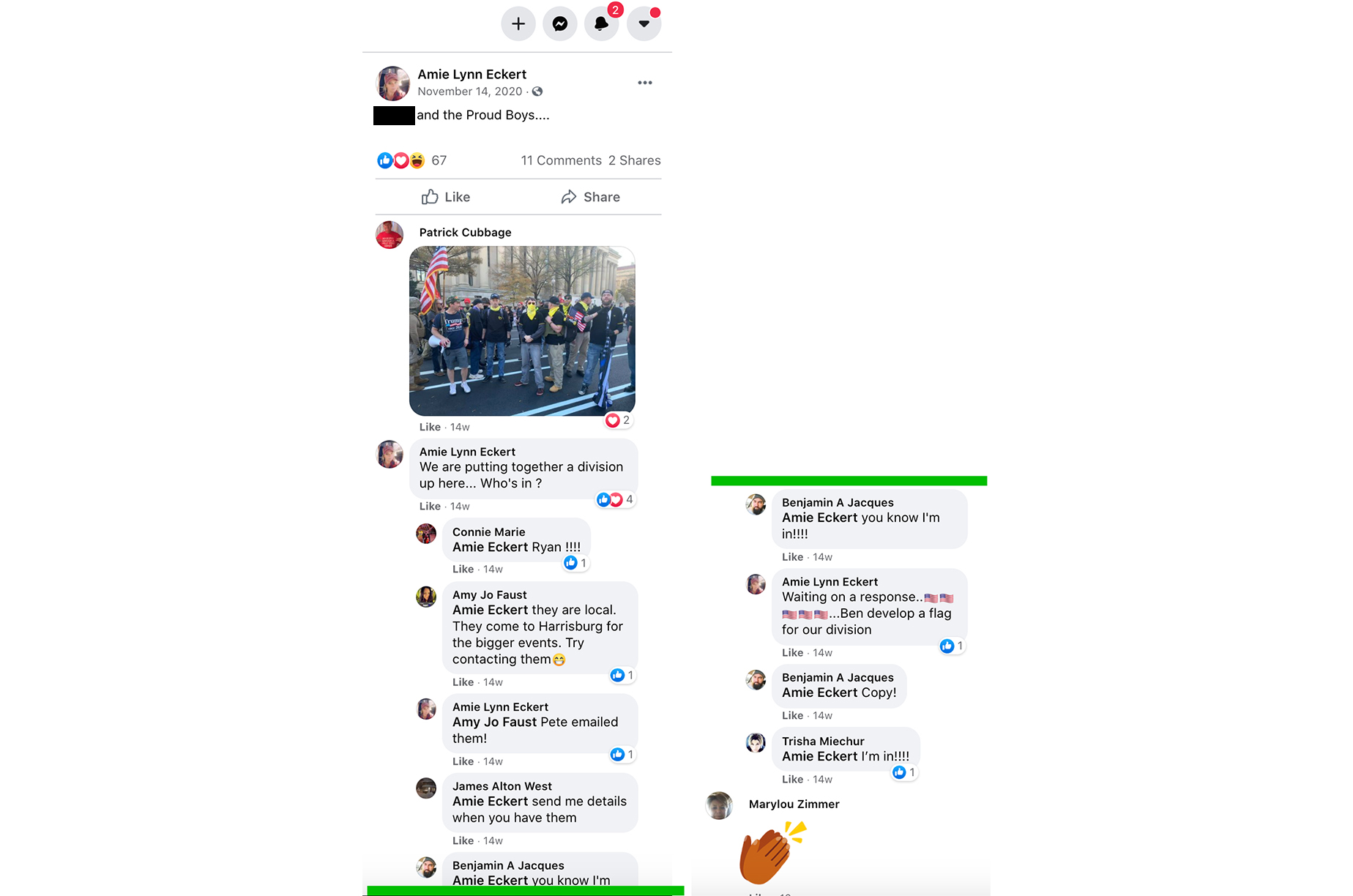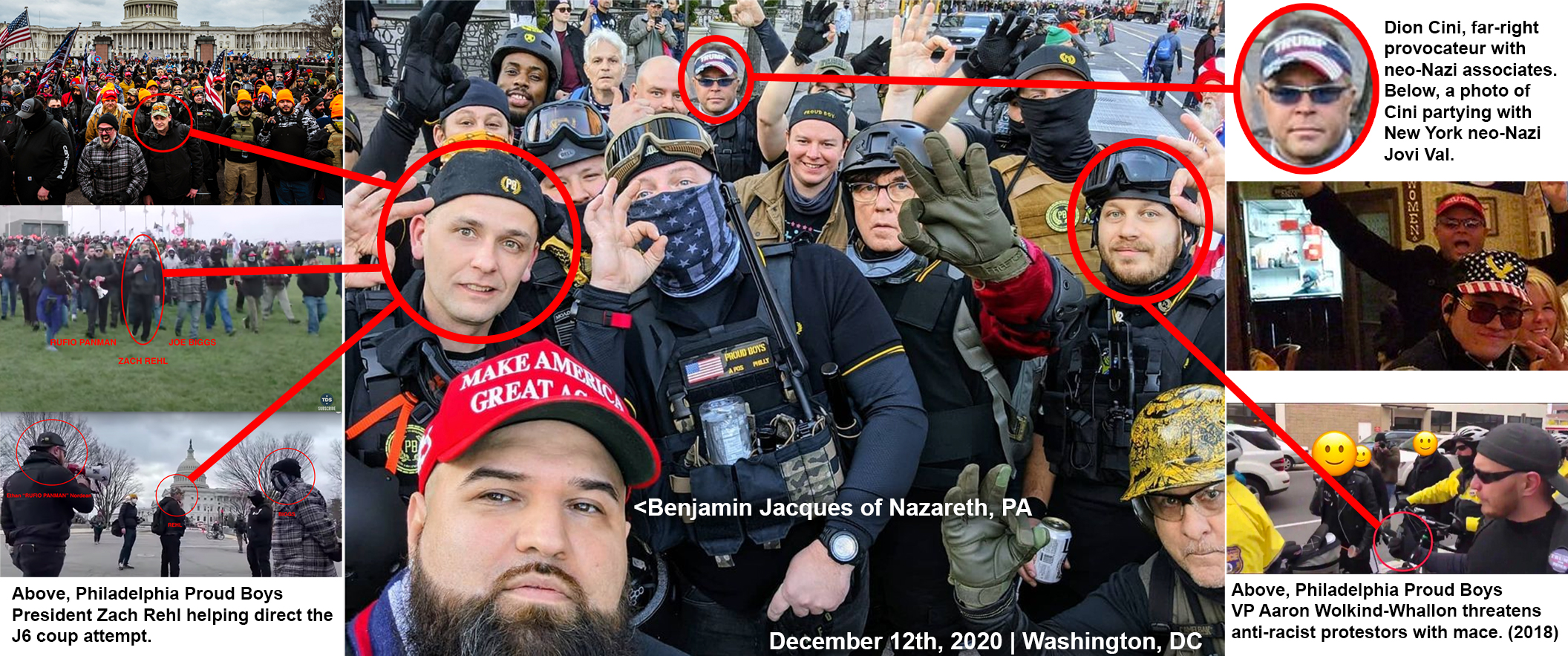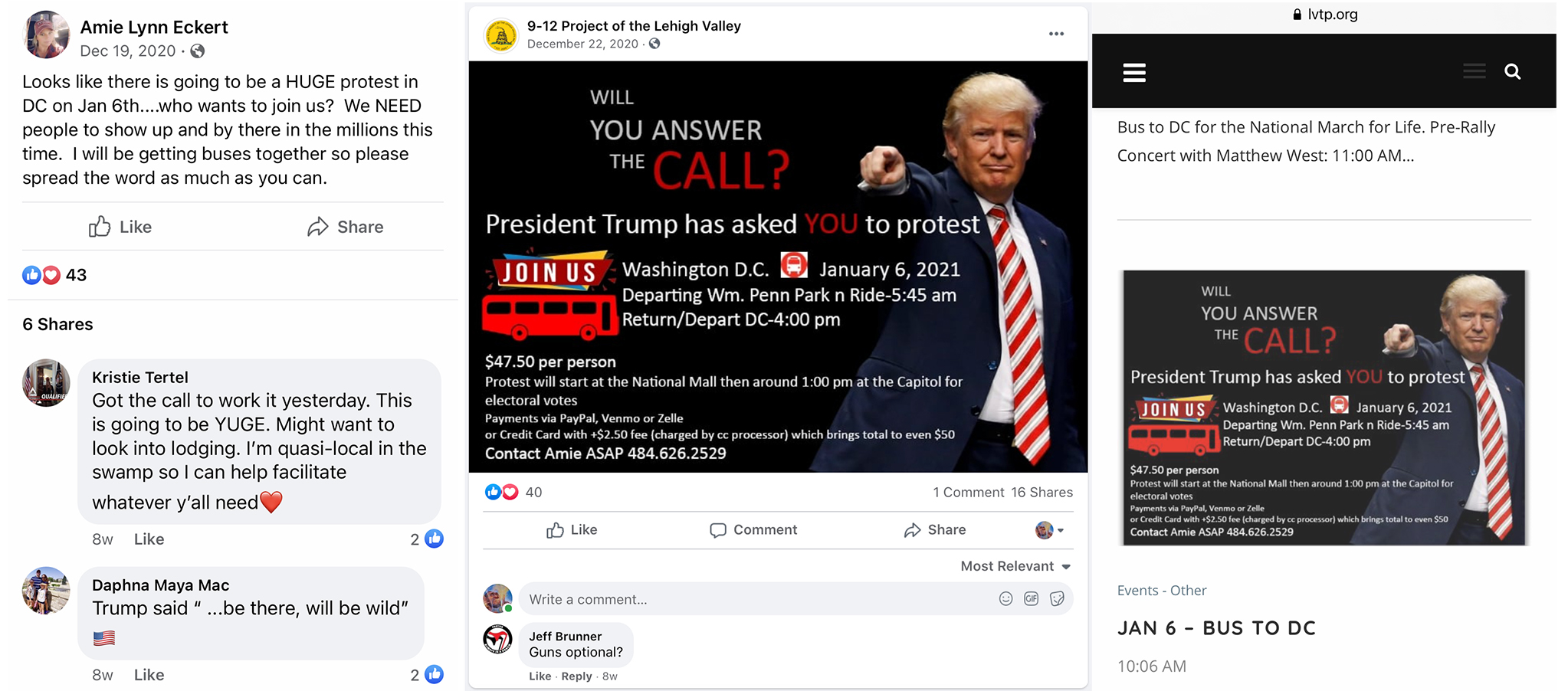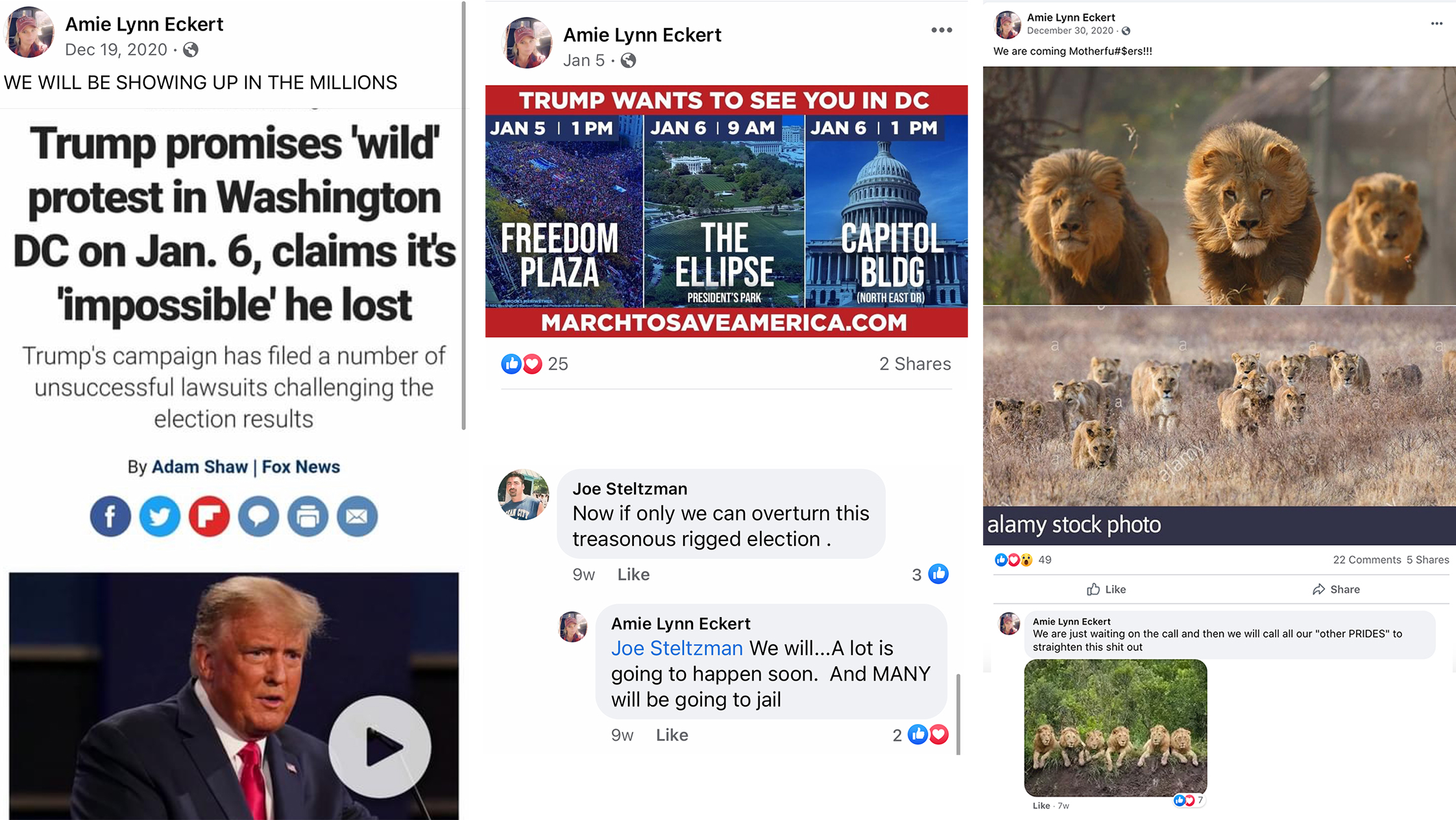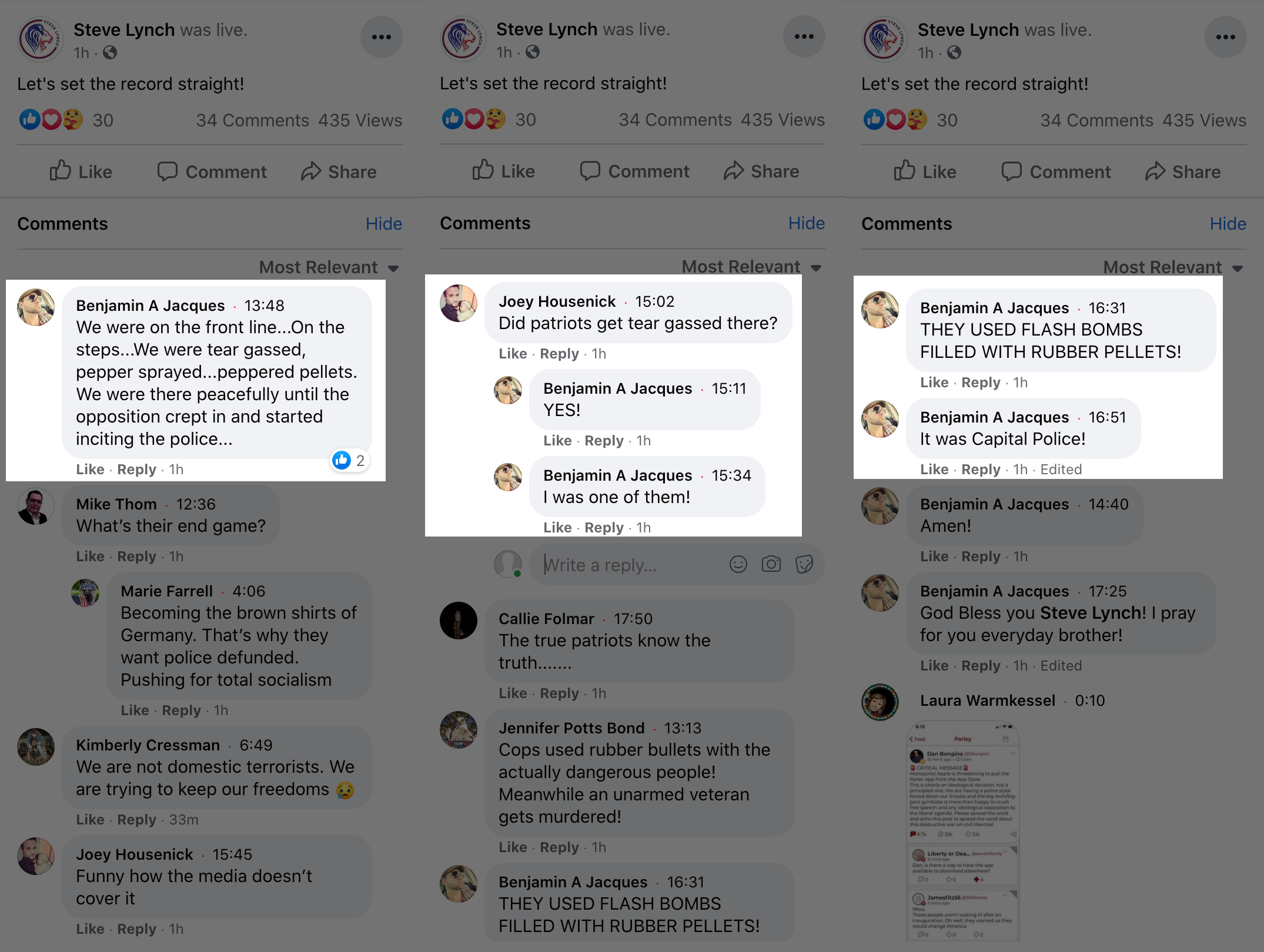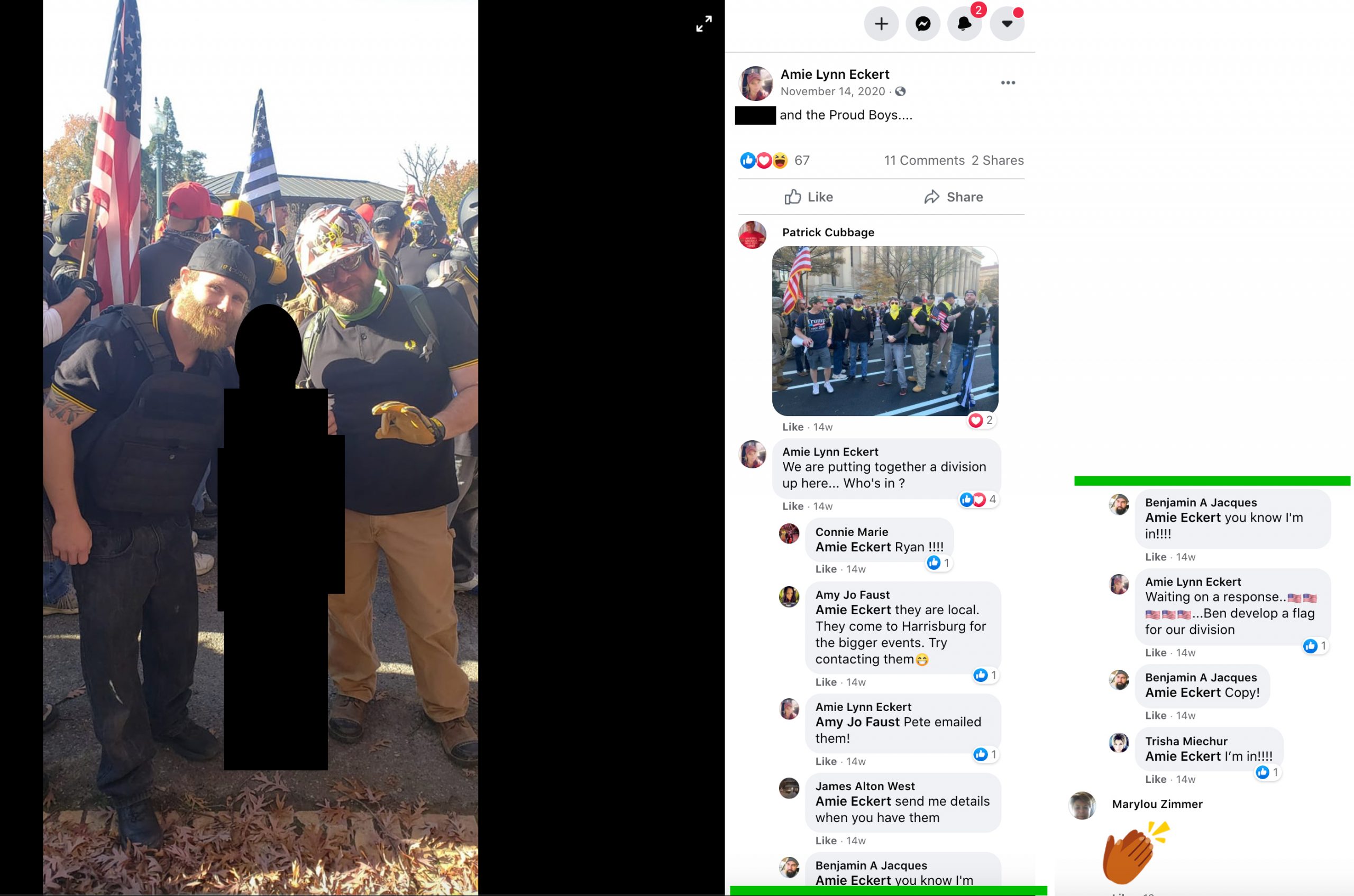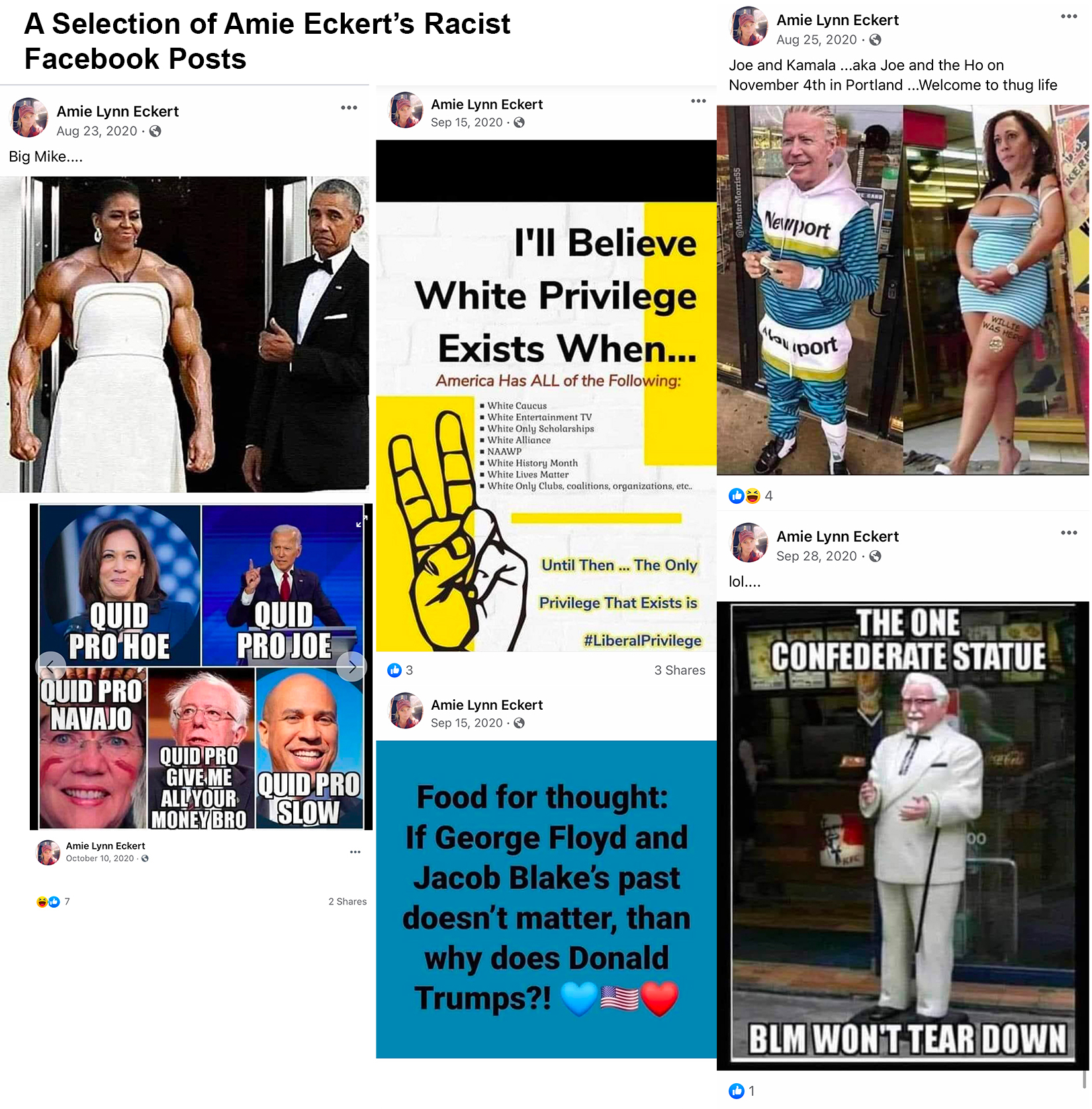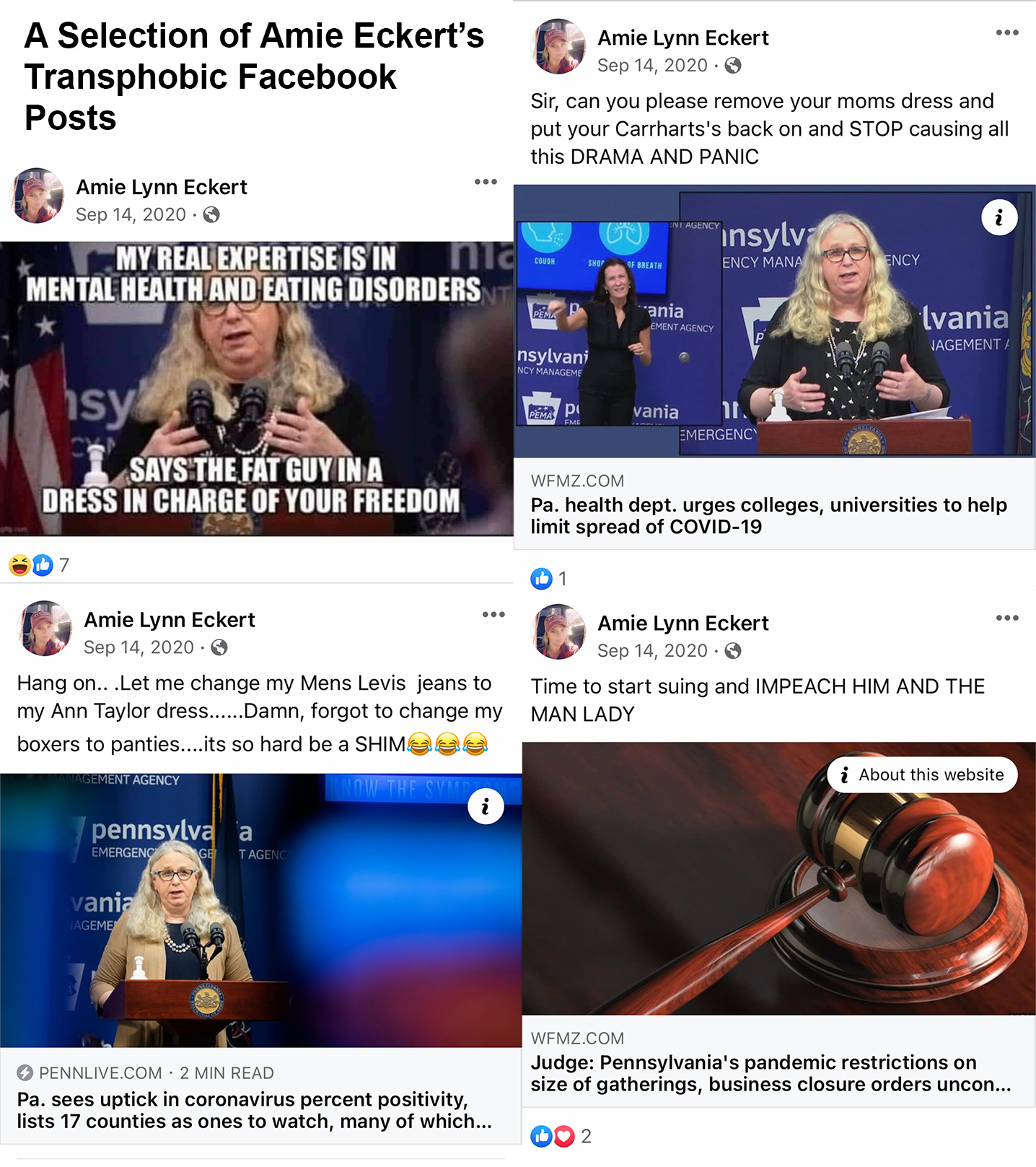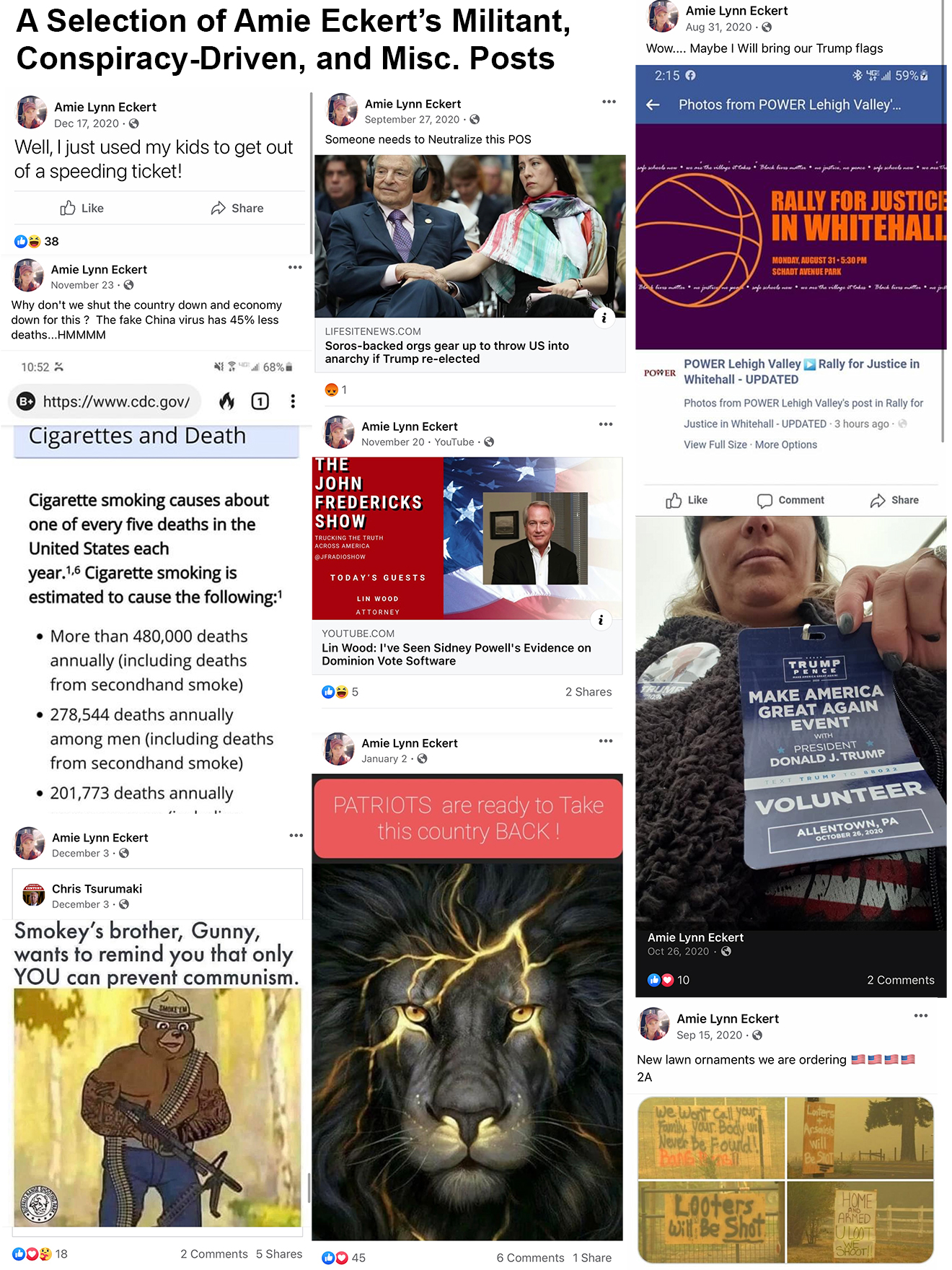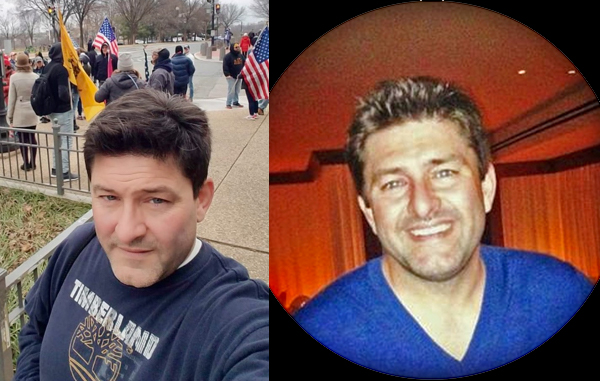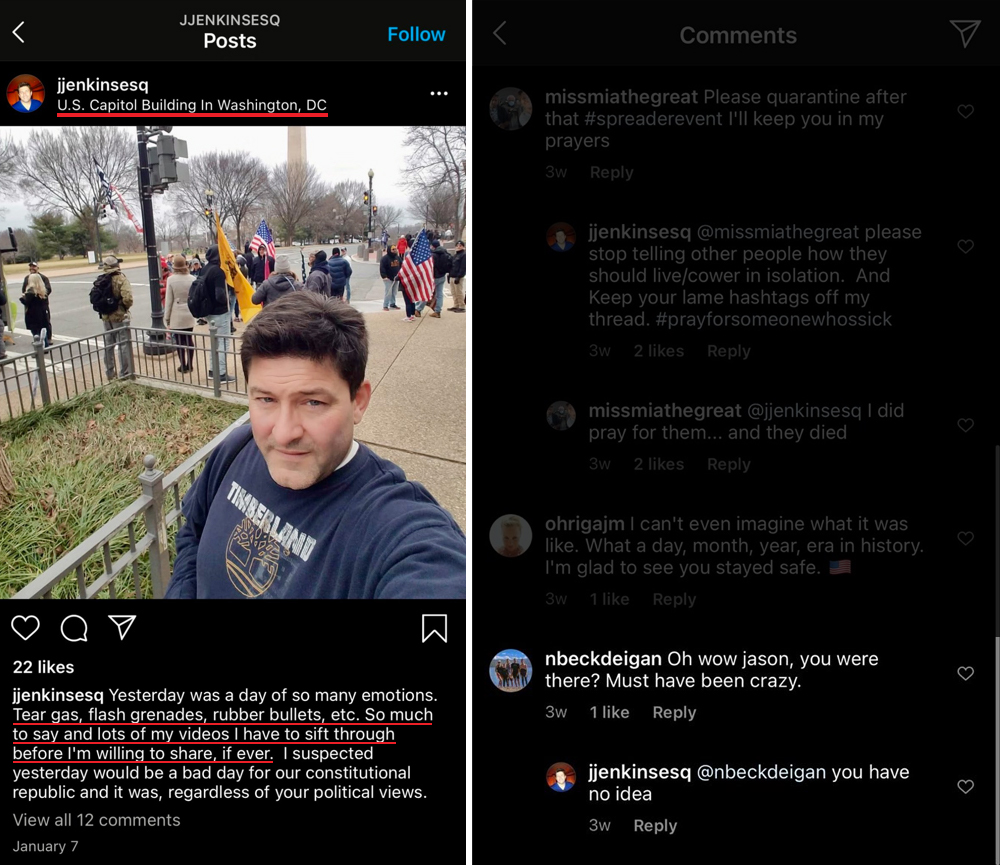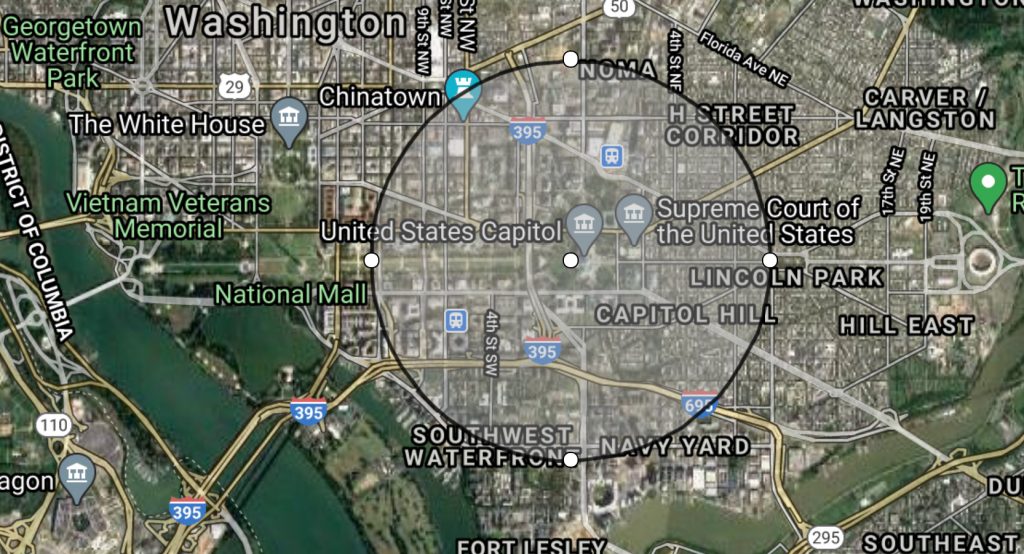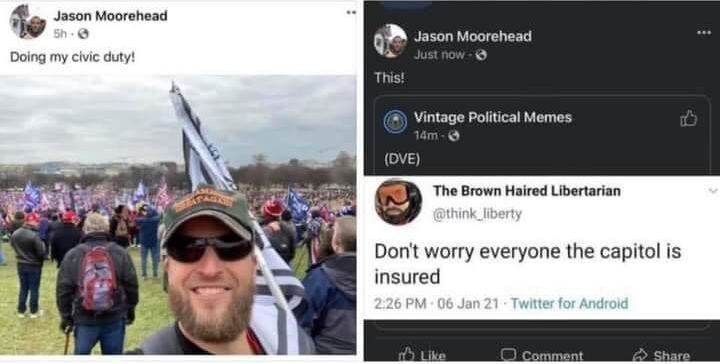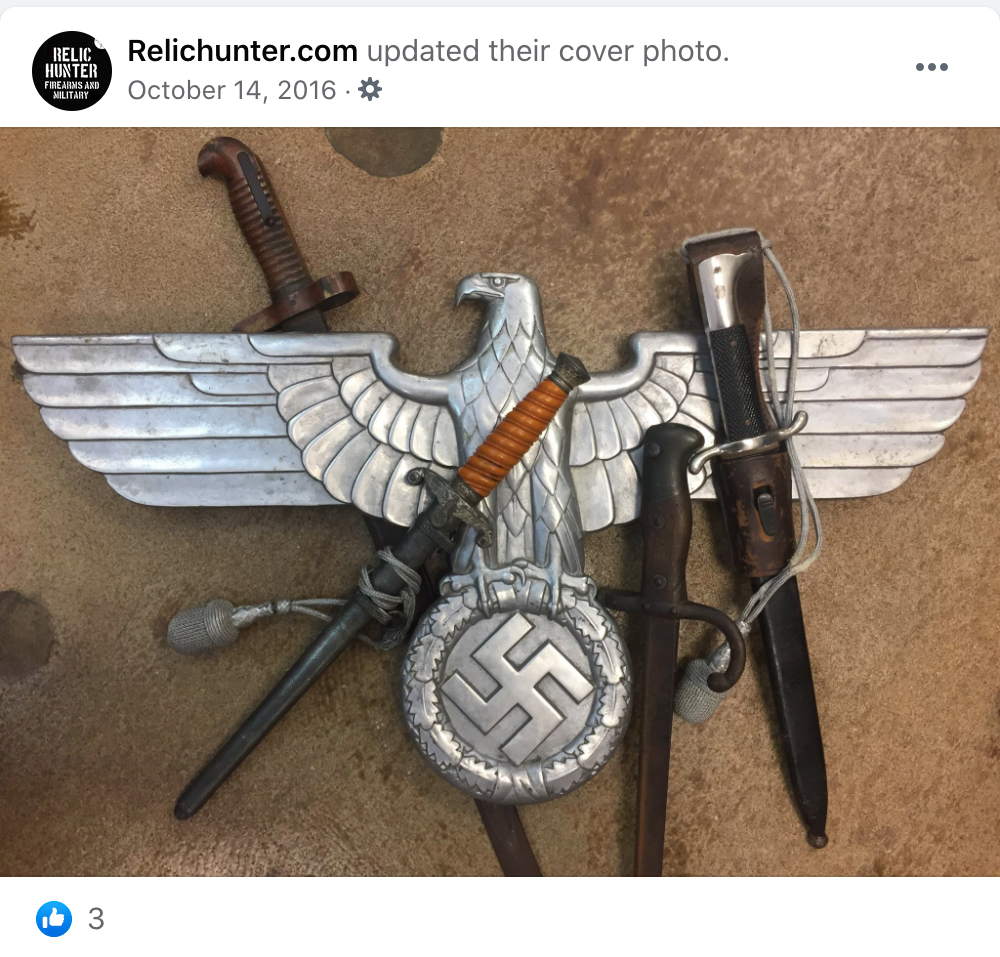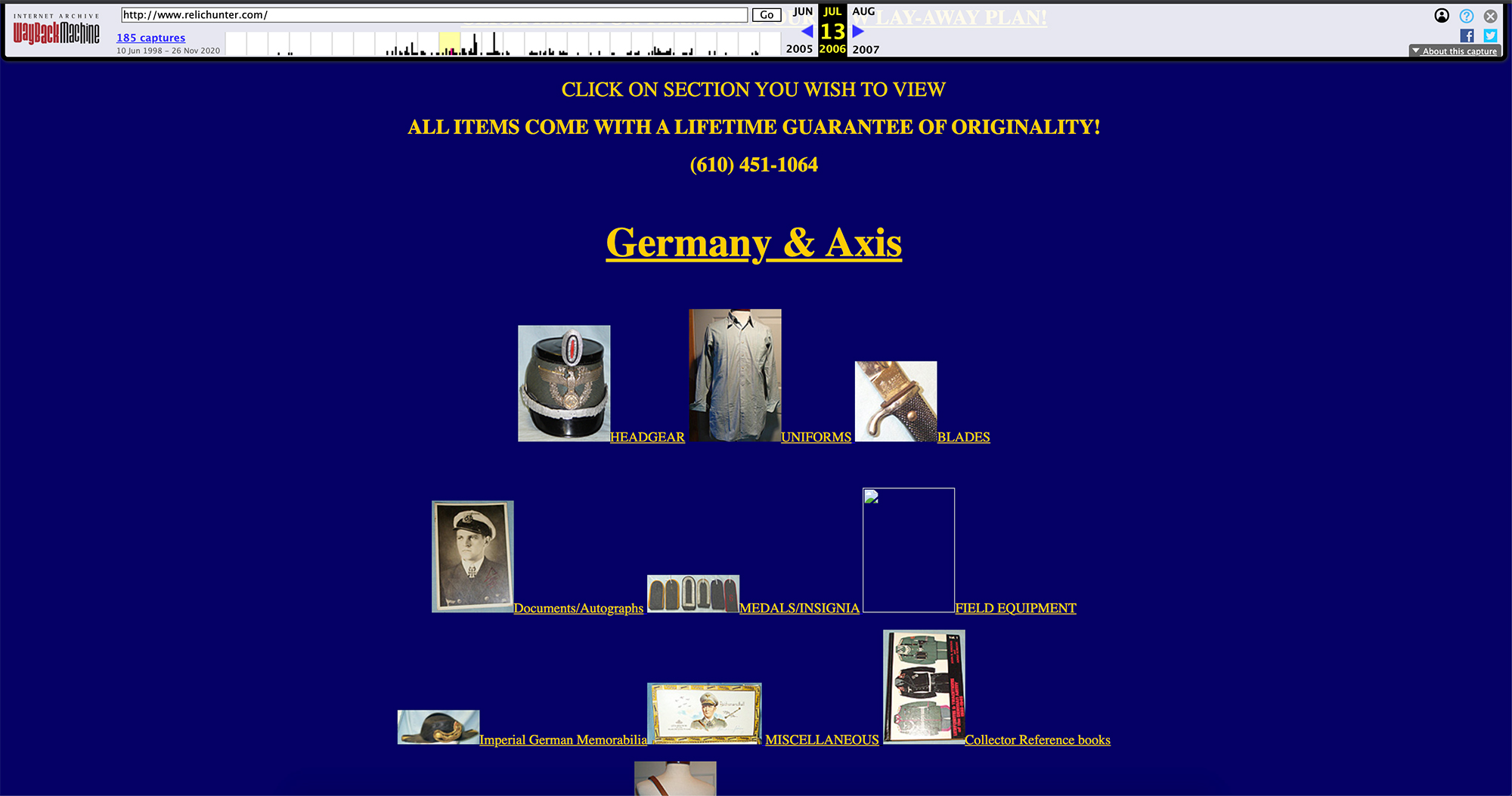from Mainstream Media
Images from the day show Zach Rehl, the Philly Proud Boys president, at the forefront of a crowd that marched on the Capitol and eventually breached the security perimeter. He hasn’t been charged.
With top leaders of the Proud Boys now facing charges for their alleged roles in the deadly Jan. 6 Capitol attack, scrutiny has increasingly turned toward one Philadelphia member of the group who stood by their side, helping to guide the organization’s march through Washington that day.
Photos and videos shared widely on social media show Zach Rehl, the self-described president of the Proud Boys’ Philadelphia chapter, assisting two other leaders of the far-right nationalist group — Ethan Nordean and Joseph Biggs.
Wearing a camouflage “Make America Great Again” hat and a Temple Owls backpack, he and the other two men led roughly 100 followers toward the halls of Congress, and ultimately beyond the building’s security perimeters, the footage shows.
Another photo, published in New Yorker magazine, appears to show Rehl checking his cell phone and smoking a cigarette, amid a crowd of rioters in the office of a U.S. senator.
But while Nordean, of Seattle, and Biggs, of Florida, have been charged in connection with the attack, Rehl had not been arrested as of this week.
He immediately hung up the phone when contacted by an Inquirer reporter and has ignored subsequent text message requests to discuss the photos of him at the Capitol.
Amateur online sleuths who first identified him from the photos have submitted tips to the FBI. But a bureau spokesperson declined to confirm or deny whether it has opened an investigation of Rehl’s activities that day. Since Jan. 6, agents have been flooded with thousands of leads about possible participants in the riot and continue to bring charges against newly identified defendants on an almost daily basis.
Investigators have described the Proud Boys, a militant nationwide organization whose members are among Donald Trump’s most vocal and violent supporters, as one of the primary instigating forces behind the Capitol attack. More than a dozen members have been charged in connection with the insurrection so far — more than any other organized group.
And Rehl, 35, of Port Richmond, has emerged as one of the group’s most visible representatives on the East Coast. A former Marine and son and grandson of Philadelphia police officers, he has led the Proud Boys in the city since at least 2018 — a role that has put him at the fore of many of their most controversial moments.
When Proud Boys were spotted mingling with officers at a “Back the Blue” rally outside the Fraternal Order of Police lodge in Northeast Philadelphia this summer, Rehl was there, drinking beer and chatting with others in the parking lot who were openly carrying a Proud Boys flag.
He was one of the organizers behind the 2018 pro-Trump “We the People” rally outside Independence Hall, which drew a minuscule crowd of supporters but led to heated clashes with a much larger group of counterprotesters.
“It’s not a rally for the Proud Boys,” Rehl told The Inquirer at the time, denying affiliation with the group. “We’re not interested in having any racist groups there.”
And when Donald Trump called his supporters to Washington for a Jan. 6 rally to protest Congress’ certification of President Joe Biden’s victory in the 2020 election, Rehl took steps to attend.
He opened a crowdfunding account on the Christian website GiveSendGo, popular among far-right extremist organizations, that raised more than $5,500 to fund his travel. He urged his followers on the social media site Parler not to be scared off by increased security around Washington.
“Just FYI, WE’RE HERE with you in DC now!,” he posted the night before the Capitol attack.
In the days that followed the Capitol attack, Rehl defended the insurrection as “historical.”
He shared photos on Parler of rioters walking off with House Speaker Nancy Pelosi’s lectern and, in another post, co-opted the language of the Black Lives Matter movement to memorialize Ashli Babbitt, the Air Force veteran fatally shot by Capitol police, with the hashtag #sayhername.
“Some dumba — thinks that today wasn’t a historical day,” he wrote. “Shut up child. Maybe you will learn to take a history class.”
But unlike many of the insurrectionists now facing criminal charges, Rehl did not post photos and videos of himself from Jan. 6.
The FBI has cited social media posts from Nordean, the self-described Proud Boys sergeant-at-arms from Seattle, and Biggs, a Proud Boys organizer in Florida, in building cases against the men whom Rehl marched alongside that day.
In court filings this week, agents described Nordean, who goes by the alias Rufio Panman, as the de facto leader of the group’s activities in Washington and said he had been granted “war powers” by the group’s membership to take “ultimate leadership” of the Proud Boys after the Jan. 4 arrest of the organization’s national leader, Enrique Tarrio.
Prosecutors contend that Nordean led the Proud Boy cohort in tactical planning that day to avoid detection — a strategy that allegedly involved voiding clothing with the group’s distinctive black-and-gold laurel insignia, splitting into groups to approach the building from different vantage points, and looking to recruit so-called “normies,” or non-Proud Boys, in the crowds to join in the Capitol siege. Nordean has denied these allegations.
An Inquirer review of dozens of social media photos and videos of Nordean’s activities that day showed that Rehl was often at his side.
One nearly two-hour Livestream — filmed by fellow Proud Boy Eddie Block of California — depicts Nordean, Biggs, and Rehl leading a group of more than 100 Proud Boys and followers on a meandering march around the Capitol.
They gathered as Trump’s rally was still ongoing at the Ellipse, near the White House, and began their procession a full half hour before the president had taken the stage. Visible among the crowd were several other Proud Boys and associates who have since been charged with assaulting police or property damage at the Capitol later that afternoon.
Nordean directed the marchers via bullhorn, leading chants of “Whose Streets? Our Streets” and “F — Antifa!” while Rehl and Biggs at various points used raised fists to signal to the Proud Boys behind them to stop or start their progress.
“Who is leading because Enrique isn’t here?” Block asked rhetorically at one point, before answering: “Biggs and Rufio Panman.” He does not mention Rehl by name.
Still, Rehl appears throughout Block’s footage at the fore of the group — dressed in the camouflage hat, a bulky black hooded coat, and Temple backpack, with a radio clipped to its shoulder strap — at times, smoking cigarettes or quietly checking his phone.
Warning: The video below contains offensive language.
Other videos show the same group of Proud Boy marchers joining a mob gathered at a barricade outside the Capitol just before 1 p.m.
In one, Biggs appears to briefly huddle with a man in a red “Make America Great Again” hat who then charges the police barriers, toppling them, injuring officers, and making way for the crowd to storm into restricted grounds. Authorities identified that man as Ryan Samsel, 37, of Bristol, and arrested him last month.
Rehl, Biggs, and Nordean again appear together in footage taken later that day on the front lines near the Capitol steps.
But while Biggs and Nordean were caught on camera entering the building — a fact that prosecutors have cited in the cases against both men — no similar footage of Rehl appears to have surfaced.
Still, a photograph published Jan. 25 in New Yorker magazine of a crowd of rioters carousing in the office of Sen. Jeff Merkley (D. Ore.) shows a man wearing Rehl’s same bulky black coat, camouflage hat, and striped neck gaiter smoking a cigarette while checking his cell phone.
Sent that photo by a reporter this week and asked to comment, Rehl did not respond.
Nordean and Biggs face charges including obstruction of Congress, illegally entering a restricted area, and disorderly conduct. Both have been released while awaiting trial.




